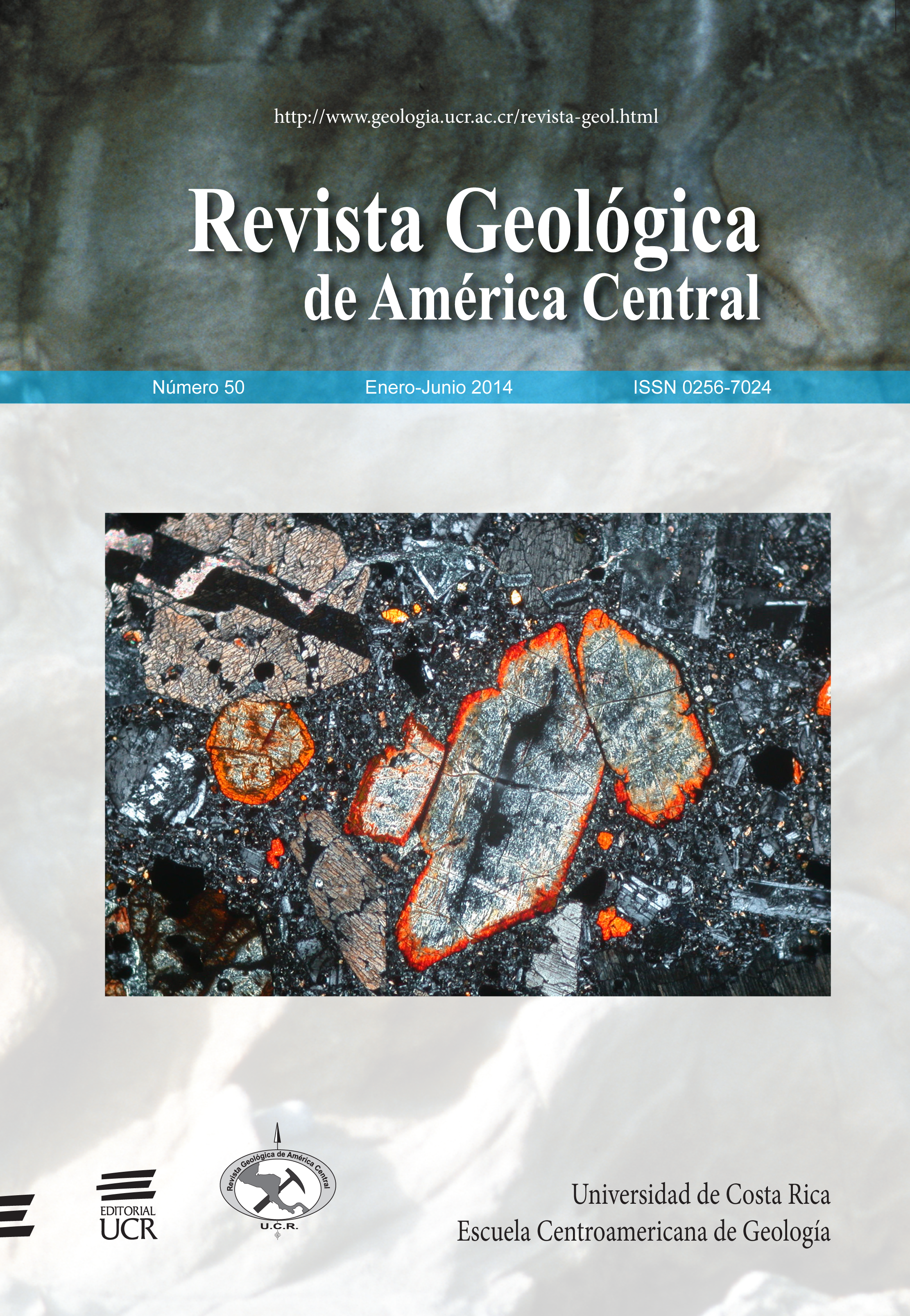Abstract
October 2008 to April 2009: A seismic swarm occurred in Abruzzo, Italy. March 30th: A MW 4.0 event induced L’Aquila’s Mayor to evacuate public buildings; the population became alarmed. March 31st: The Italian government convened the Commission of Major Risks to meet with local authorities. The Spokesman informed the public that “…there is no reason to believe the swarm as precursor to a major event…”. April 6th: A MW 6.3 earthquake caused 309 fatalities, 1,500 injured, and 67,000 people lost their dwellings; buildings at the historic centre, student residences and a hospital were destroyed. In parallel, a technician without scientific background measured ground Radon gas emissions and published a correlation indicating a future earthquake. Even if in this case he “succeeded” in his forecast, the press forgot all his past failures. Six experts and the Deputy Head of Civil Protection were accused of manslaughter for having, among other charges, performed an approximate, generic and inefficient risk assessment, delivered with imprecise and ambiguous information, and by saying that data did not allow to conclude that the swarm came prior to a major earthquake. This trial could become a precedent leading to investing infinite resources in the prediction of events that cannot be predicted rather than emphasizing in shared responsibility for risk management: high level advisory committees, authorities, civil protection, press, scientists, population, building contractors and judges.##plugins.facebook.comentarios##

This work is licensed under a Creative Commons Attribution-NonCommercial-ShareAlike 3.0 Unported License.
Copyright (c) 2014 Revista Geológica de América Central
Downloads
Download data is not yet available.


